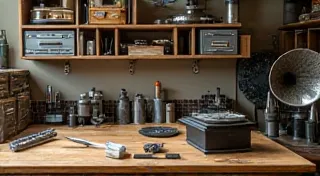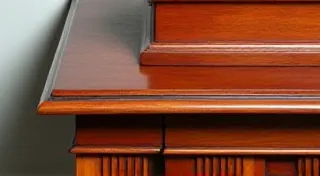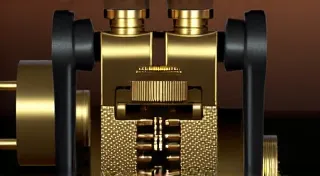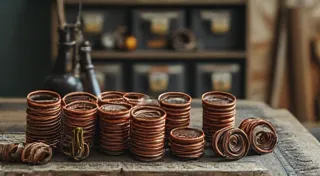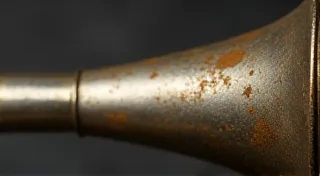The Evolution of Phonograph Recording Cylinders
Understanding the history of phonograph cylinders is crucial for anyone involved in antique phonograph restoration, collecting, or simply appreciating the evolution of recorded music. These early recording mediums, predating the more familiar flat disc records, represent a fascinating chapter in audio technology.
Early Days: The Berliner Cylinder
The story begins with Emile Berliner, who, while working with Thomas Edison's work on the phonograph, recognized limitations. Edison’s phonograph used tinfoil, which was fragile and difficult to reproduce. Berliner’s ingenious invention, the gramophone, initially used wax-covered cardboard cylinders, but his advancements eventually led to the development of improved wax cylinders. These early cylinders, introduced in 1887, were a significant improvement over the tinfoil versions, offering better sound quality and durability.
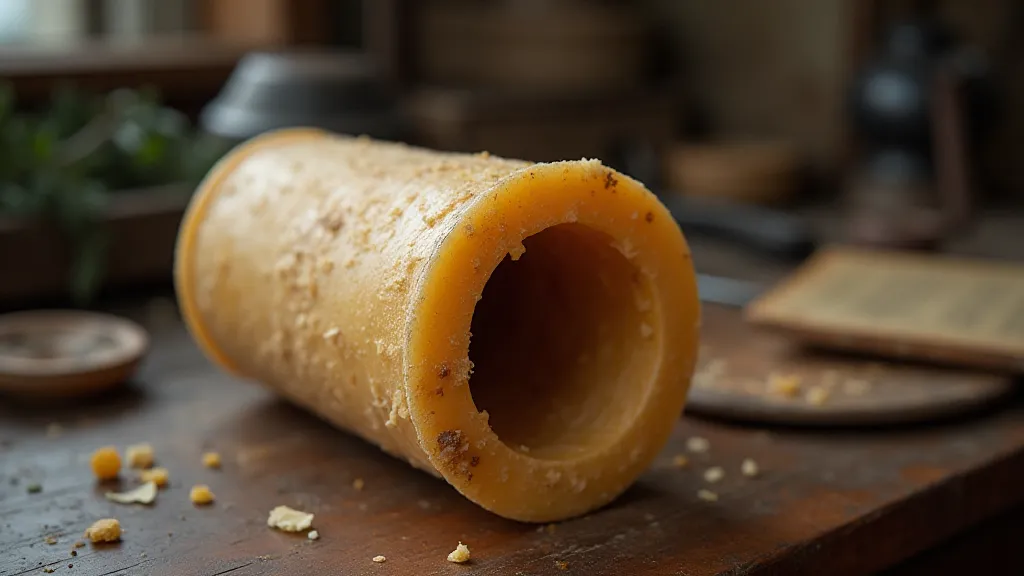
Materials and Manufacturing: From Wax to Compound
The early cylinders were made from beeswax mixed with other materials to achieve the right consistency. Over time, manufacturers experimented with different compounds. Shellac, a natural resin, became a popular choice due to its hardness and ability to capture fine details. As manufacturing processes refined, the quality and consistency of the wax compounds improved. The introduction of vulcanized rubber compounds further enhanced durability and offered a richer tonal quality.
Sizes and Playback Speeds
Early cylinders came in various sizes, most commonly 4-inch and 5-inch. The 4-inch cylinders were standard for personal use and smaller machines, while the 5-inch cylinders were often used in public entertainment machines and offered longer recording times. Playback speeds also evolved. Initial speeds were relatively slow, but manufacturers increased them to improve fidelity. The standard became 78 revolutions per minute (RPM), a speed retained later in the disc record era as well.
The Rise of "Amberola" and "Indestructible" Cylinders
The Columbia Phonograph Company became a major player in the cylinder era. They introduced innovations such as the “Amberola” cylinder, known for its distinctive brown color achieved through the addition of dyes to the wax compound. The "Indestructible" series, also from Columbia, used a harder, more durable material, making them resistant to breakage and wear. These innovations greatly improved the user experience and increased the longevity of recordings.
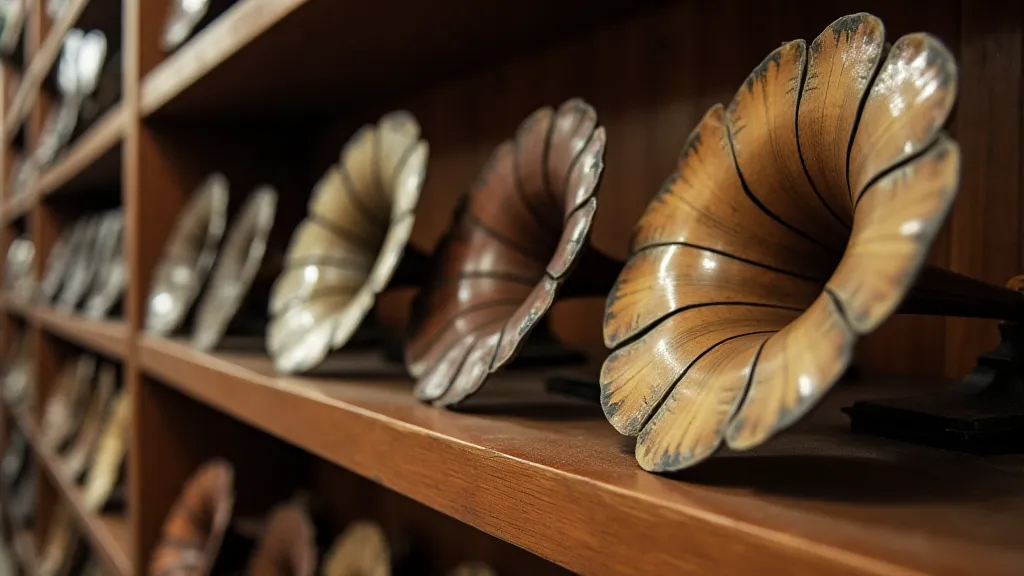
The Decline of the Cylinder and Its Legacy
Despite their improvements, cylinder recordings ultimately lost out to the gramophone record. Disc records offered several advantages, including easier mass production, less fragile media, and a more convenient storage format. By the 1920s, the era of the phonograph cylinder was drawing to a close. However, they left a lasting legacy.
Collecting and Restoration Considerations
Today, antique phonograph cylinders are highly sought after by collectors and enthusiasts. Restoring these fragile recordings requires careful handling and specialized equipment. The condition of a cylinder significantly impacts its value, and understanding the manufacturing processes and different types of wax compounds is essential for proper restoration and preservation.
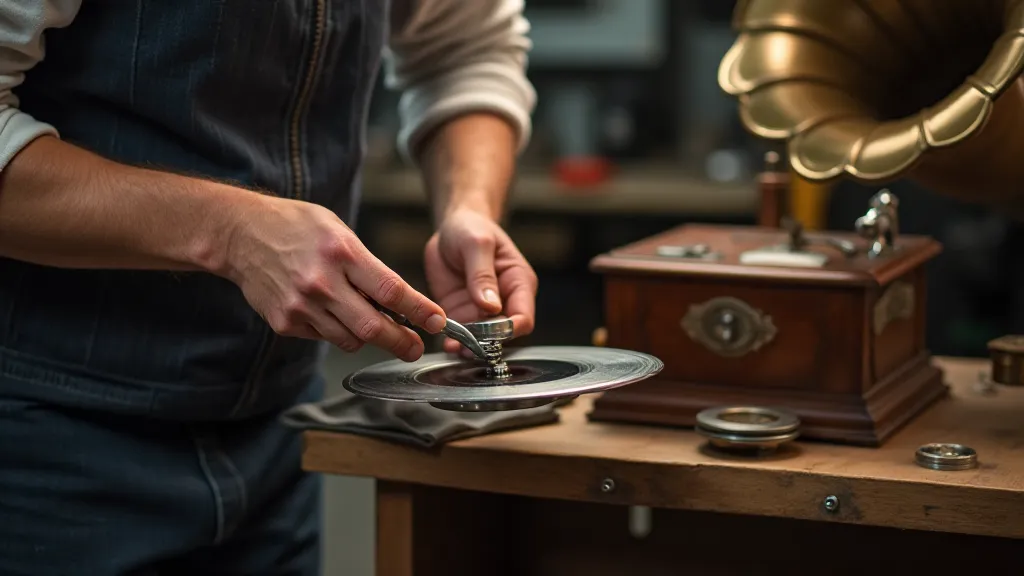
Conclusion
The evolution of phonograph recording cylinders represents a vital chapter in the history of music recording. From the early Berliner designs to the later innovations in materials and manufacturing, these cylinders paved the way for the technologies that followed. Studying their history offers valuable insights for anyone interested in antique phonographs, restoration, and the fascinating world of early recorded sound.
